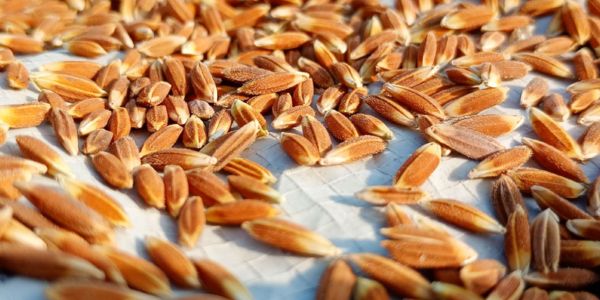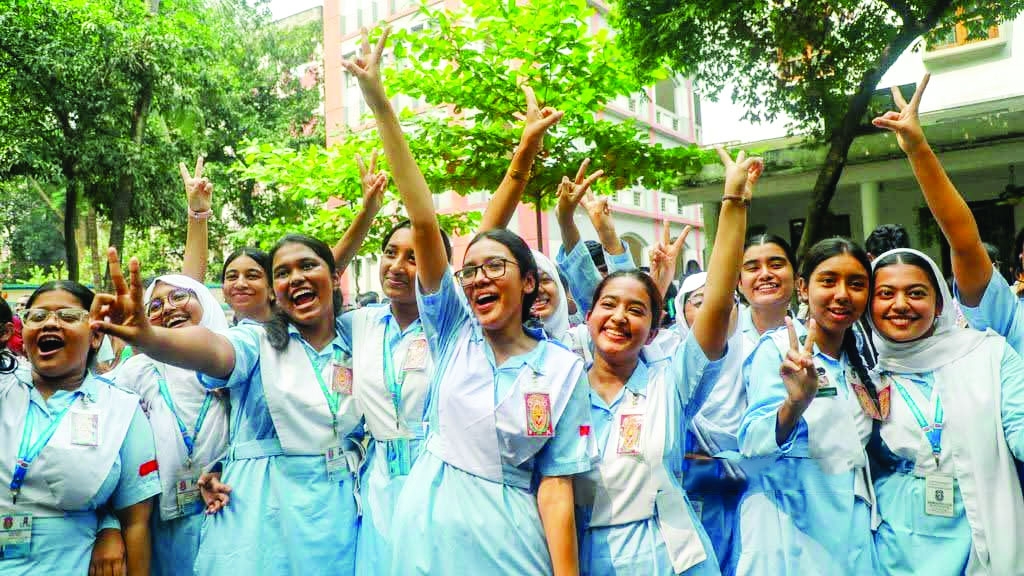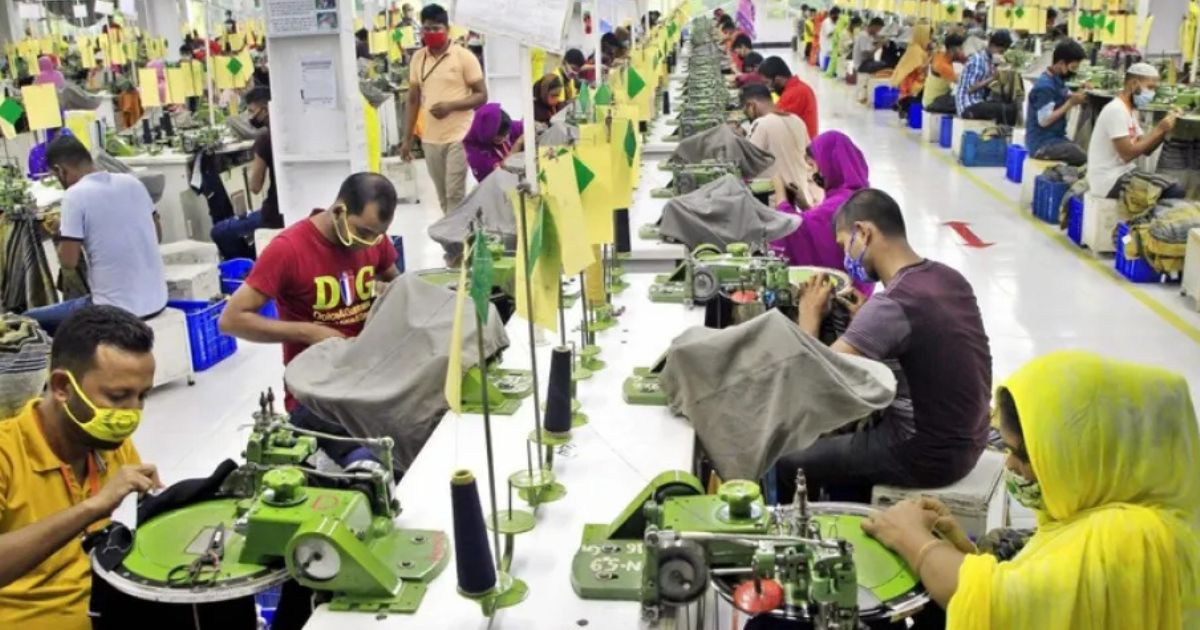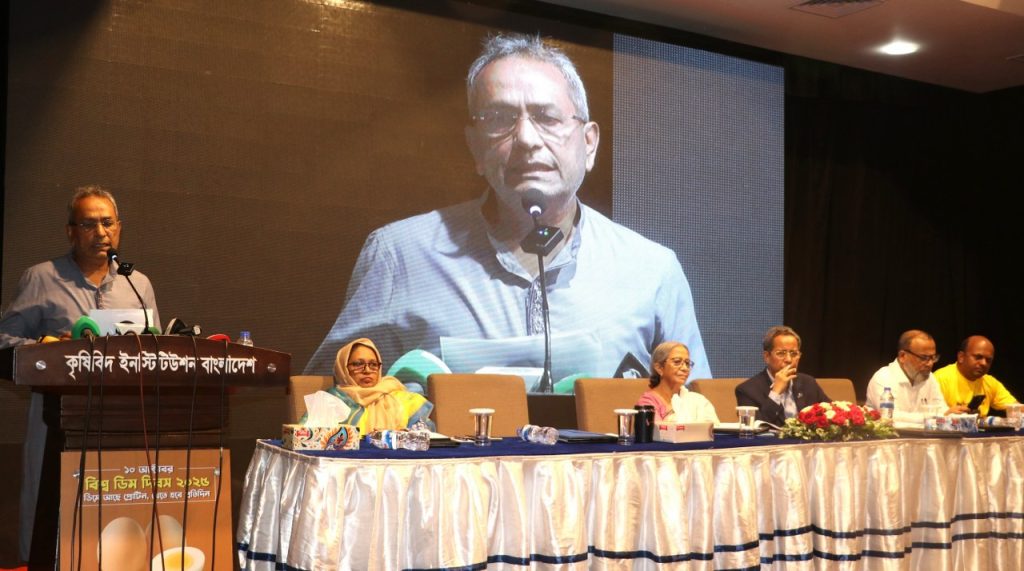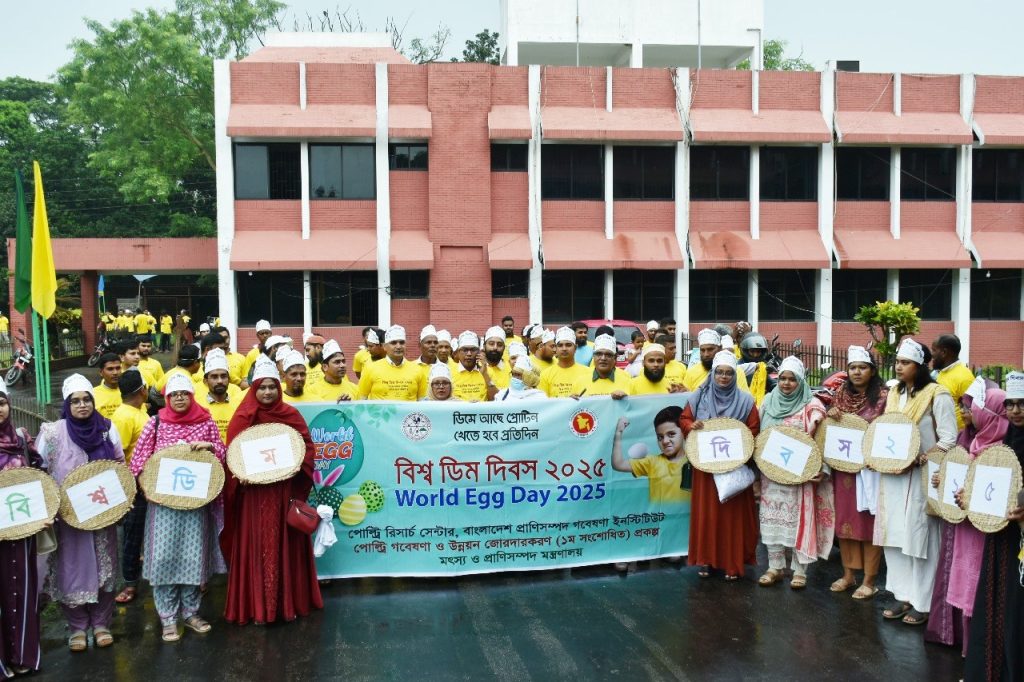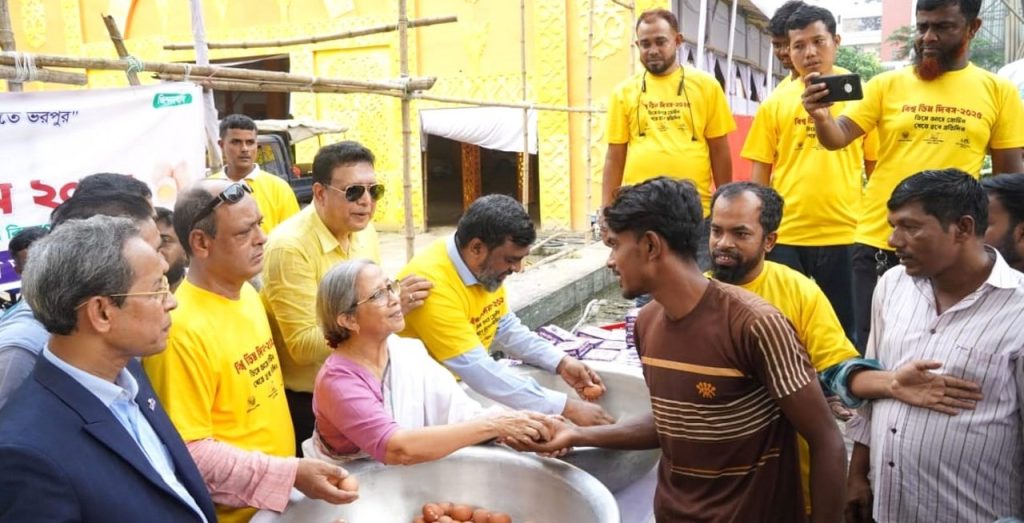Due to the dominance of hybrid varieties, local rice varieties are heading towards extinction, and the costs are increasing

- Update Time : Saturday, March 29, 2025
- 166 Time View
RN Desk: Netrakona is primarily a rice-producing district. Although the district produces nearly two and a half times more rice than its food demand, the cultivation of local rice varieties has been decreasing over time. Currently, the cultivation of local rice varieties has decreased to just 0.08% of the total rice cultivated. This year, during the Boro season, rice was cultivated on 185,000 hectares of land in the district, with only 150 hectares dedicated to local varieties, which accounts for just 0.08% of the total cultivated area.
Rice production in the district is highest during the Aman and Boro seasons. Farmers are increasingly opting for high-yielding rice varieties to ensure higher production from their lands. In particular, farmers in the haor regions, where rice is cultivated only once a year (during the Boro season), are more likely to plant short-duration or high-yielding varieties to protect their crops from early floods.
Farmers say that hybrid rice varieties produce nearly twice as much yield compared to local varieties. Additionally, short-duration varieties (BRRI Rice-28, 88, 96) can be harvested around 20-25 days earlier than local varieties. However, due to the lack of seed preservation systems at the farmer level, they have to buy seeds at a higher price each year, which significantly increases their costs for growing high-yielding varieties.
Mohammad Ershad Khan, a farmer from Charpara village in Netrakona, says the main reason for growing hybrid rice is the higher yield. Although local rice varieties have fewer pests, they yield less, which is why farmers are increasingly reducing their cultivation of local varieties. He adds that local rice varieties, such as Biryai, Natisail, Tulshimala, and Kalojira, have nearly disappeared over time. In the past, it was easy to tell which type of rice was being cooked by its smell, but now even cooking Pulao rice doesn’t give off any fragrance.
Kulsum Begum from Sakuwa village recalls that in the past, farmers used to plant two crops a year—one Boro and one Aus crop. They used to grow a rice variety called Boilla, which had a black color and produced around 10-15 seers per katha. Back then, they managed to survive with this small yield. However, today, with the same amount of land, they are able to harvest several times more rice. She mentions that there were 5-7 varieties of rice in the past, but now there are so many types that she cannot even name them all.
Mujibur Rahman, a resident of Chollishapara village, expresses regret over the loss of quality local rice varieties. He recalls varieties like Kartikshail, Najirshail, Chinishail, Kalojira, and Tapyi, which were cultivated in the past. These varieties were small in quantity but had better taste. He laments that hybrid rice has become predominant, with almost no local rice being grown anymore. He adds that in the past, they didn’t need chemical fertilizers to grow rice, and the taste of the rice was much better.
Despite the decrease in the cultivation of local rice varieties, there is still demand for them in the market, and they fetch a good price. Farmers agree that the rice from local varieties has a superior taste. In the past, varieties like Biryai, Kalojira, Natisail, Tapyi, Jalakumri, Kaishabeni, and Basmati were commonly grown in the district, but their cultivation has been dwindling.
Enamul Khan, another farmer, says he cultivates both hybrid and local rice varieties. He finds that while hybrid varieties are expensive to grow, they yield better results. Local varieties, on the other hand, require less chemical fertilizer but produce smaller yields. For example, he planted Kalojira rice on two katha of land, which cost him less due to the reduced use of chemical fertilizers, but the yield was lower. However, the rice from these local varieties is much tastier and aromatic. He worries that local rice seeds are being lost to hybrid varieties, but he hopes that local varieties can be preserved.
To increase the cultivation of local rice varieties and preserve diversity, a private research organization called Bangladesh Resource Centre for Indigenous Knowledge (BARCIC) has been working with farmers to conserve and spread local rice seeds since 2005.
According to Mohammad Ahidur Rahman, BARCIC’s regional coordinator, at one time, there were 18,000 local rice varieties, most of which are now nearly extinct. Their organization has been working with farmers to conserve and expand these varieties, and they have successfully preserved 504 local varieties so far. Their efforts have reached 87 villages, and 65 rice varieties have been selected by farmers as the best. Among them, Malshira and Hekim rice varieties have become very popular.
These local varieties are favored by farmers because they are relatively cheaper to grow, and pests are less of a problem. Some farmers grow these varieties for their own consumption, while others grow them for making traditional food like pitha (cakes). These rice varieties are part of the cultural heritage. For instance, Binni rice is closely associated with the culture of indigenous people.
The local agriculture department has been working to promote high-yielding varieties of rice, such as BRRI-71, BRRI-75, BRRI-87, BRRI-103, and Bina-17, for the Aman season. For the Boro season, varieties like BRRI-88, BRRI-89, BRRI-92, and BRRI-102 are being recommended to farmers. These varieties offer good yields with fewer pest attacks, and their widespread cultivation has transformed Netrakona into a rice-surplus district. The current rice production in the district exceeds the food demand by nearly two and a half times.


